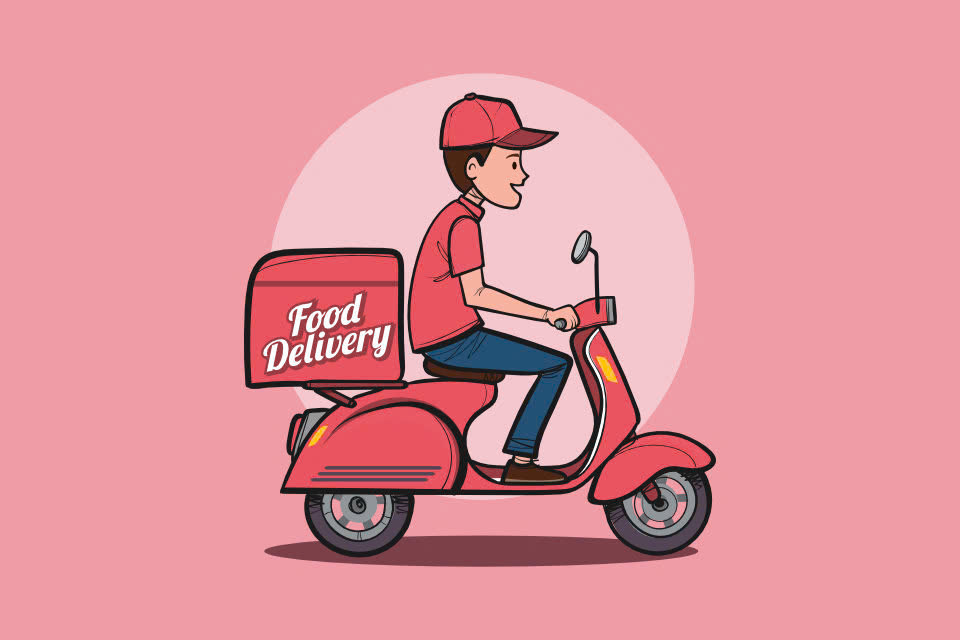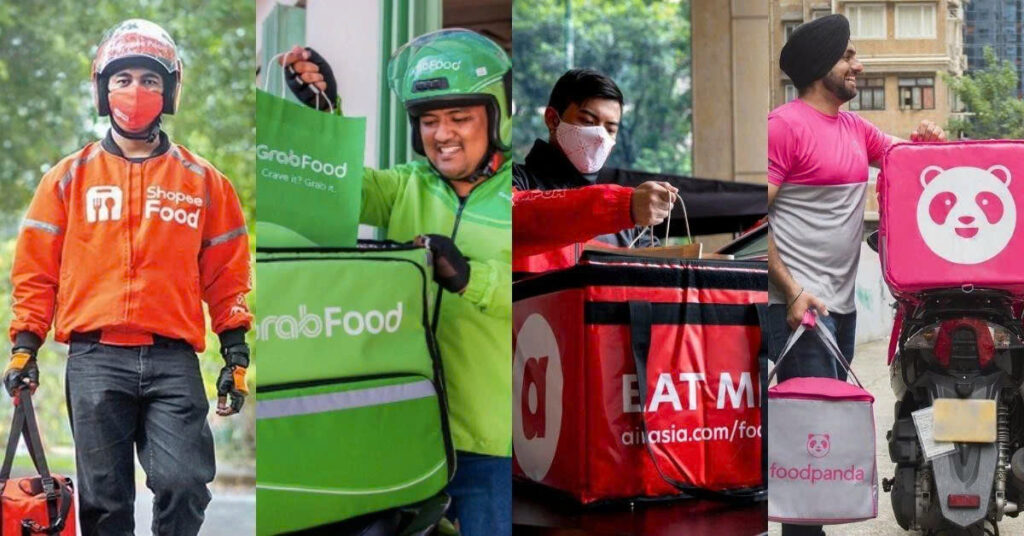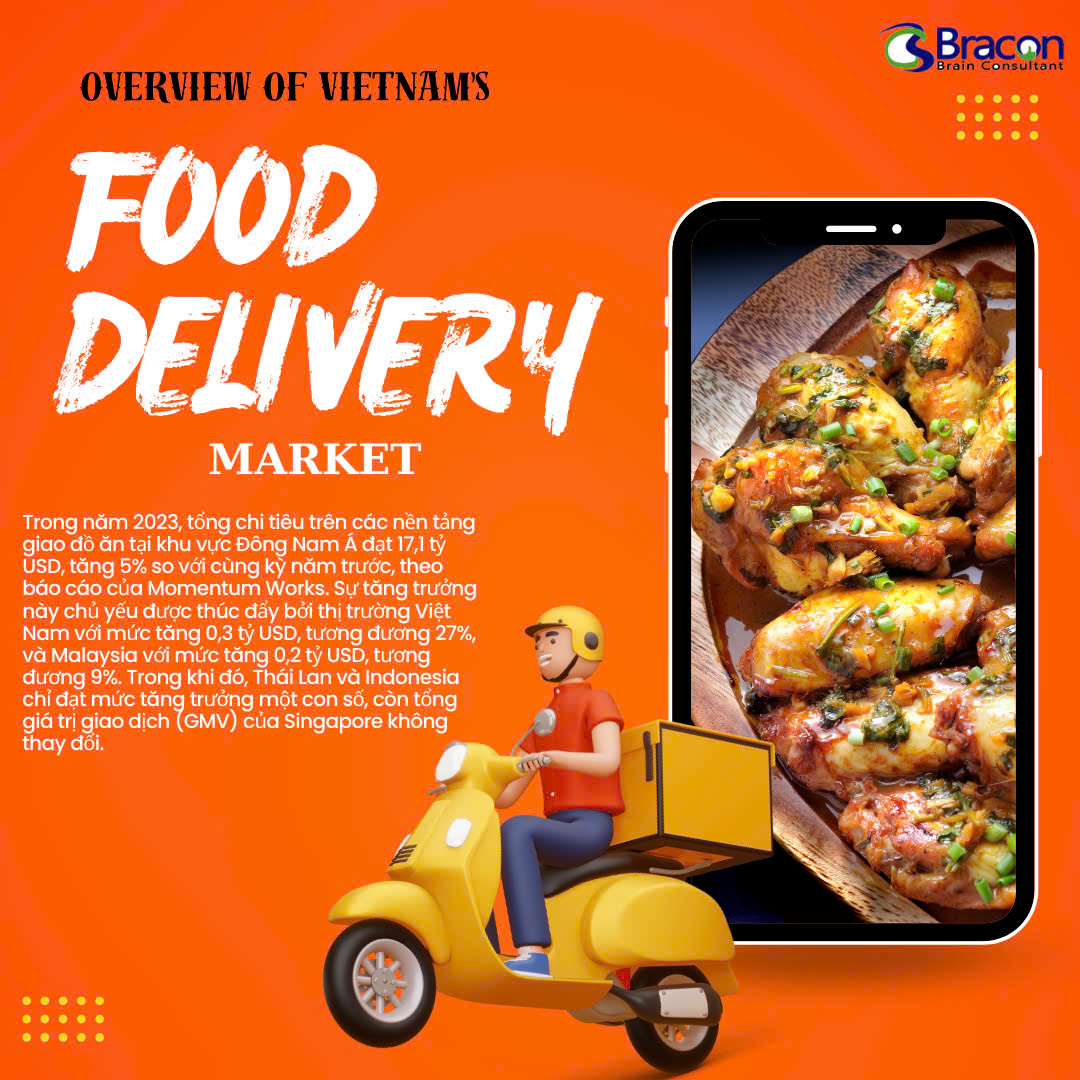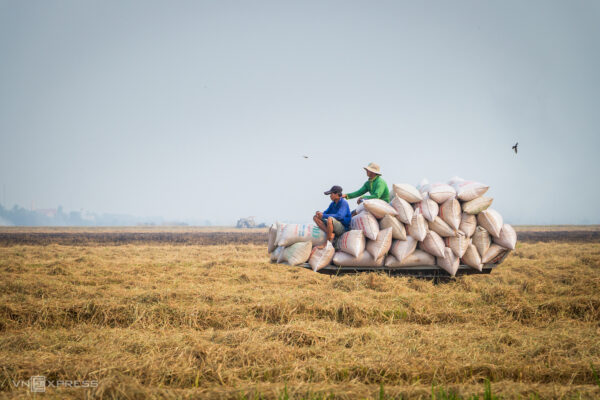Food Delivery Market in Vietnam has skyrocketed 27%, leading growth in the region ✅
1/ In 2023, total spending on food delivery platforms in Southeast Asia reached US$17.1 billion, up 5% year-on-year, according to a report by Momentum Works. This growth was mainly driven by the Vietnamese market with an increase of US$0.3 billion, equivalent to 27%, and Malaysia with an increase of US$0.2 billion, equivalent to 9%. Meanwhile, Thailand and Indonesia only achieved single-digit growth, while Singapore’s total transaction value (GMV) remained unchanged. Grab continued to lead the market with 55% of GMV, followed by Foodpanda (15.8%) and Gojek (10.5%). Notably, ShopeeFood had a breakthrough with a GMV growth of up to 67%, surprisingly outperforming in the context of fierce competition. 2/ 5 key trends of the Food Delivery industry Momentum Works’ report also identified 5 key trends in the industry. Specifically: -Premium F&B brands face many challenges F&B spending in Southeast Asia recovers to pre-pandemic levels ($125.2 billion in 2023 compared to $115.7 billion in 2019). However, many premium brands (especially in Singapore) find this year more challenging than 2022. They have resorted to cost-cutting measures amid macroeconomic uncertainty and inflation, which could increase the price sensitivity of middle-class diners. -Massive entry of Chinese F&B brands 2023 will see the rapid entry and expansion of Chinese F&B brands in Southeast Asia. Luckin Coffee opens 30 stores in Singapore and Mixue opens nearly 4,000 stores across Southeast Asia. Chinese brands of all types and sizes are also present in the region. They have applied their know-how to store operations, marketing, user operations, and franchise management. This trend is expected to increase in 2024. -Major players have achieved profitability Most major platforms have achieved or are on track to achieve adjusted EBITDA breakeven, with the goal of achieving positive free cash flow by 2024. However, as seen from Meituan and Uber, profitability may not be a fixed state, and platforms need to constantly balance growth with sustainable profitability.

-Platforms differentiate in strategy, leveraging advertising to expand revenue
Major food delivery companies continue to leverage advertising products to attract more investments for sellers. Platforms are expanding their advertising product portfolio to meet the unique needs of different brands, including large F&B chains, small F&B stores, and FMCG brands.

-Opportunities to grow user base and optimize operations in the region
The monthly active customers of Grab – Southeast Asia’s leading company – are equivalent to only 5% of the region’s 600 million population. Momentum Works believes that tapping into the larger urban population, expanding into smaller cities, and catering to tourists could provide further growth opportunities for food delivery platforms. Platforms can and should also continuously optimize operations to reduce costs and increase profits.
Source: CafeBiz






